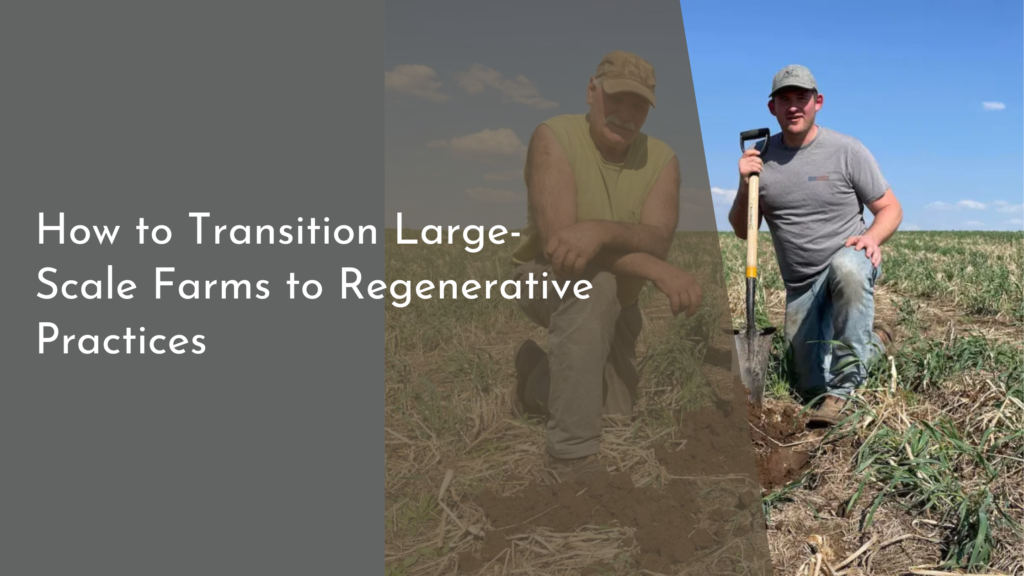Agroforestry for Natural Shade-Grown Coffee Production
In the realm of sustainable agriculture, agroforestry stands out as a dynamic approach, especially in coffee production. By integrating trees and shrubs into coffee farming systems, this practice not only enhances environmental health but also improves the quality of coffee beans. As consumers become more conscious about the origins of their brew, shade-grown coffee produced through agroforestry emerges as a beacon of sustainability, driving interest and appreciation for a method that supports both farmers and ecosystems alike.
Embracing agroforestry enables coffee producers to tap into the natural synergy between various plant species. By cultivating coffee beneath the canopy of diverse trees, farmers create a microclimate that optimally regulates temperature and humidity. This method reduces the need for synthetic fertilizers and pesticides, thereby promoting healthier soil and safeguarding against pests and diseases. The resulting coffee is not just a product; it’s a story of resilience and sustainability, allowing farmers to nurture their land and earn a livelihood simultaneously.
Embracing Agroforestry: A Sustainable Coffee Solution
The practice of agroforestry is gaining traction among coffee growers who seek sustainable alternatives to conventional monoculture farming. By integrating various tree species, such as leguminous trees that enrich the soil with nitrogen, farmers can create a balanced ecosystem that supports coffee plants and enhances their growth. This method leads to improved soil health, better water retention, and reduced soil erosion, which are crucial factors in maintaining productive coffee farms.
Additionally, agroforestry systems offer farmers economic resilience. By diversifying their crops with fruits, nuts, or timber alongside coffee, farmers can reduce their dependency on a single source of income. This diversification not only provides a safety net during fluctuating coffee prices but also fosters year-round income opportunities, ultimately leading to more sustainable livelihoods for farmers and their communities.
The Benefits of Natural Shade for Coffee Plants
One of the most significant advantages of shade-grown coffee is the natural protection it offers. Shade trees help to shield coffee plants from extreme weather conditions, such as excessive sunlight and heavy rainfall. This moderation of environmental stress ensures that coffee trees can thrive over the long term, leading to higher yields and better-quality beans. Studies show that coffee grown under shade can be sweeter and have more complex flavors, making it highly sought after by coffee aficionados.
Moreover, the presence of shade trees aids in pest control and pollination, reducing the need for chemical inputs. Birds and other wildlife that inhabit these agroforestry systems contribute to the natural pest management, while also playing a vital role in pollinating coffee flowers. The combination of these benefits not only contributes to the sustainability of the coffee ecosystem but also enhances the overall quality and flavor profile of the coffee produced.
Cultivating Biodiversity: More Than Just Coffee Trees
Agroforestry systems are a sanctuary for biodiversity, offering habitat for various species, from birds to insects. By cultivating a diverse range of flora, coffee farmers protect essential ecosystems that can thrive in harmony with coffee production. This biodiversity is crucial not only for ecological balance but also for the resilience of farming systems against climate change and diseases.
The integration of a variety of plants also contributes to healthier soils. The roots of different species interact within the soil profile, aiding in nutrient uptake and enhancing soil structure. This natural collaboration results in improved fertility and sustainability, allowing coffee farms to flourish while nurturing the environment. As the coffee industry shifts towards more sustainable practices, the role of biodiversity in agroforestry systems becomes increasingly vital for future generations of coffee lovers.
From Farm to Cup: The Joy of Shade-Grown Coffee
The journey of shade-grown coffee from farm to cup is a delightful tale that underscores the importance of sustainable practices. When coffee beans are harvested from agroforestry systems, they carry with them the essence of the diverse environment they were grown in. This translates into unique flavors and aromatic profiles, appealing to coffee enthusiasts who seek out ethically produced options. With each sip, consumers engage in a deeper connection to the land and the farmers who cultivate it.
Furthermore, supporting shade-grown coffee contributes to the preservation of vital ecosystems. By choosing this type of coffee, consumers play a crucial role in promoting practices that protect biodiversity and foster sustainable farming methods. The joy of savoring a cup of shade-grown coffee becomes not only a personal pleasure but also a statement of support for environmentally conscious agriculture. It’s a celebration of nature, community, and the rich flavors that emerge from harmonious interactions between plants and wildlife.
In conclusion, agroforestry presents a promising path for sustainable coffee production, intertwining ecological health with economic viability. The benefits of natural shade, biodiversity, and the joyful experiences of enjoying shade-grown coffee highlight the positive impacts of this approach. As more consumers lean towards sustainable choices, the future of shade-grown coffee looks bright, offering a fulfilling narrative that goes beyond the cup and into the heart of responsible farming. Embracing agroforestry is not just a trend; it’s a movement towards a more sustainable and flavorful future in the coffee industry.

